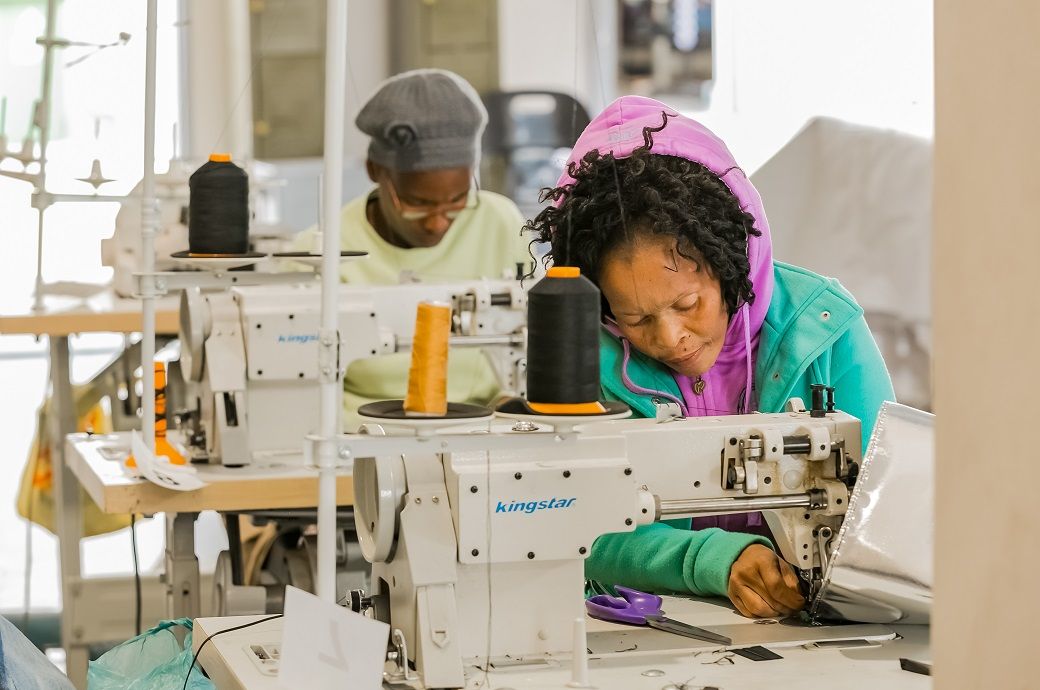

AGOA benefits accrue to a subset of countries and sectors within Sub-Saharan Africa (SSA). Over three-quarters of non-crude petroleum imports under AGOA originated from five countries during 2014–21: South Africa, Kenya, Lesotho, Madagascar, and Ethiopia. Countries with lower utilisation rates typically have few exports to the US in general or their primary traded goods are not eligible for AGOA preferences or are already duty-free under normal trade relations.
The SSA apparel sector has benefitted substantially from the AGOA programme. Of non-petroleum imports under AGOA, imports of textile and apparel constitute the largest share. Duty savings of up to 30 per cent and the third-country fabric provision have allowed multiple countries to expand their manufacturing capacity. Employment in this sector has provided an avenue for women to enter the formal economy and earn relatively high wages, as per the AGOA: Program Usage, Trends, and Sectoral Highlights report by USITC.
Agricultural products like cotton are important sectors for a number of SSA economies. Growing these crops employs millions of farmers across the region, and their export is critical for accessing foreign exchange. However, growing cotton provides low income and therefore does not provide a reliable pathway for poverty reduction.
While meeting AGOA eligibility requirements created a positive impact on workers and poverty reduction, the loss of programme eligibility due to failure to meet programme requirements had a negative impact on beneficiary economies and regional integration, the report added.
The investigation and report were requested by the US House of Representatives Committee on Ways and Means in a letter received on January 19, 2022.
Fibre2Fashion News Desk (DP)